Home>Garden Essentials>Why Is My Grass Going To Seed
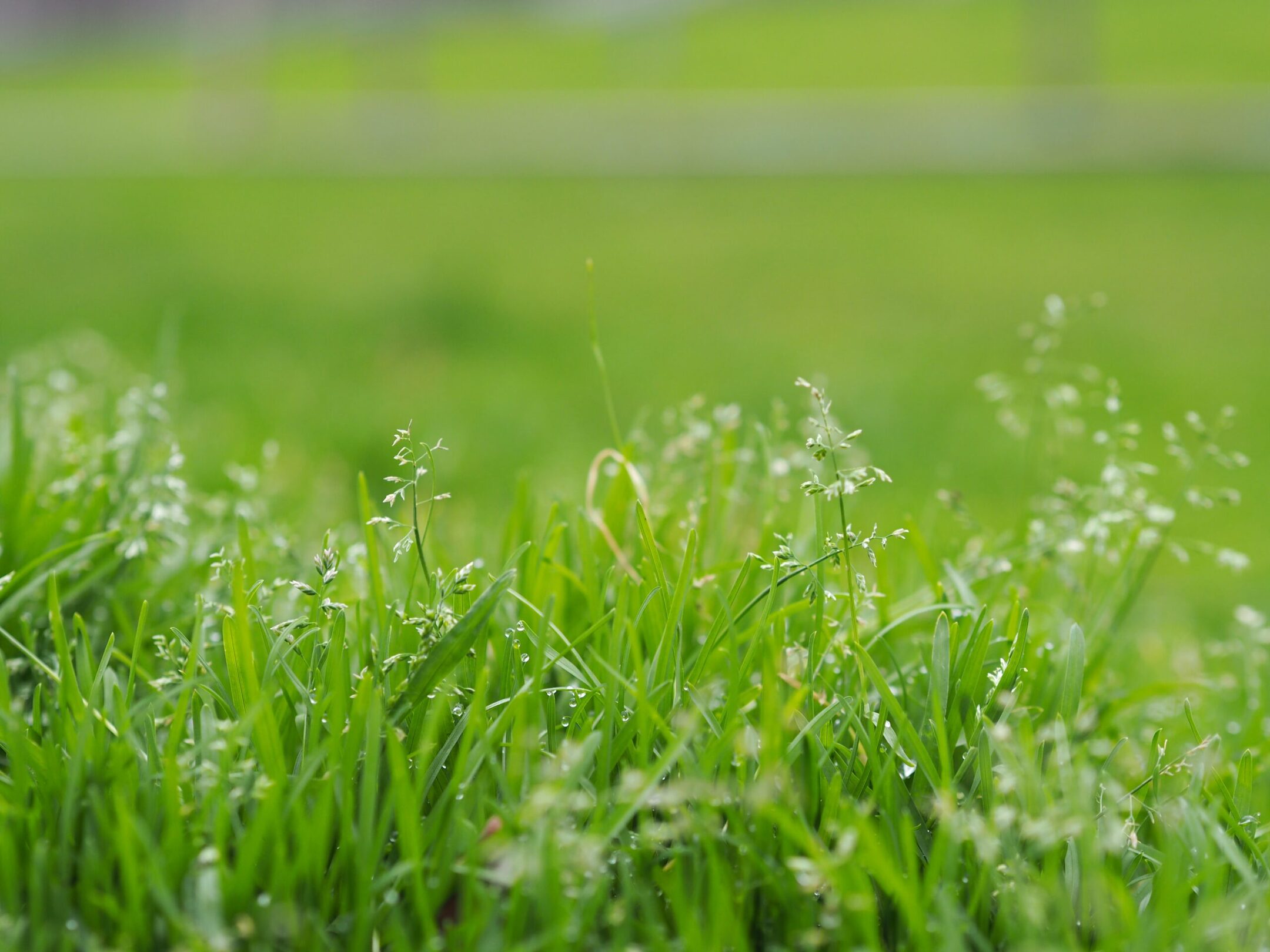

Garden Essentials
Why Is My Grass Going To Seed
Modified: October 18, 2024
Learn why your garden grass is going to seed and how to prevent it. Essential tips for maintaining a healthy garden and lush, green grass.
(Many of the links in this article redirect to a specific reviewed product. Your purchase of these products through affiliate links helps to generate commission for Storables.com, at no extra cost. Learn more)
Introduction
Gardening enthusiasts and homeowners take great pride in maintaining a beautiful and lush lawn. However, at times, you may notice patches of grass that appear different from the rest, often going to seed. Witnessing your grass going to seed can be concerning, as it may indicate underlying issues with your lawn’s health and maintenance regime.
In this article, we will delve into the reasons behind why grass goes to seed and how you can effectively deal with this issue. By understanding the grass reproduction process and the factors that contribute to seed production, you will be better equipped to address these concerns and maintain a vibrant, uniform lawn.
So, let’s dive in and uncover the mysteries of why your grass may be going to seed.
Key Takeaways:
- Grass going to seed can be caused by factors like lack of maintenance, maturity, environment, weeds, and watering. Proper lawn care, mowing, weed control, and watering can minimize seed production and maintain a healthy lawn.
- Regular lawn care, proper mowing, weed management, appropriate watering, and providing nutrients are essential to prevent grass from going to seed. These practices promote a vibrant, lush lawn and reduce the need for excessive seed production.
Read more: Why Is My Grass Going To Seed
Understanding the Grass Reproduction Process
Before we delve into the reasons for grass going to seed, it’s important to understand the grass reproduction process. Grass reproduces through a combination of seed production and vegetative propagation. When conditions are favorable, grass plants produce flowers, which eventually develop into seeds.
The flowers of grass plants are tiny and inconspicuous, often clustered in seed heads or spikes. These flowers contain both male and female reproductive structures. Pollination occurs when the wind or insects transfer pollen from the male structures to the female structures. Once the flowers are fertilized, they begin to develop seeds.
After the grass seeds mature, they are dispersed by various means such as wind, water, animals, or human activity. These seeds can lay dormant in the soil until conditions are suitable for germination. When the right combination of moisture, temperature, and nutrients is present, the grass seed will sprout, giving rise to a new grass plant.
Now that we understand how grass reproduces, let’s explore the reasons why your grass might be going to seed and how you can address this issue.
Reasons for Grass Going to Seed
There can be several reasons why your grass is going to seed. By identifying these reasons, you can take appropriate steps to address the underlying issues and prevent or reduce seed production in your lawn. Here are some common reasons:
- Lack of Proper Lawn Maintenance: Neglecting regular lawn care and maintenance practices, such as infrequent mowing, improper fertilization, or inadequate watering, can cause stress to the grass plants. In response to stress, grass may divert its energy towards seed production as a survival mechanism.
- Maturity of the Grass: As grass plants mature, they naturally enter their reproductive phase. This means that they will focus more on producing seeds rather than growing new shoots. Depending on the species of grass, this phase of maturity can occur at different times during the year.
- Environmental Factors: Environmental factors like temperature, light, and moisture can play a significant role in triggering seed production in grass. For example, during periods of high heat or drought, grass can go to seed as a way to ensure its survival by producing seeds that can withstand harsh conditions.
- Presence of Weeds: Weeds are competitors for resources in your lawn, and they can also produce seeds that easily spread. If your lawn has a significant weed infestation, the presence of these plants going to seed can contribute to a higher overall seed production in your lawn.
- Overwatering or Underwatering: Improper watering practices can cause stress to grass plants, leading to an increased likelihood of seed production. Overwatering can create a damp environment that promotes seed germination, while underwatering can trigger seed production as a survival response from the grass.
Understanding these reasons can help you determine the specific factors contributing to your grass going to seed. With this knowledge, you can now focus on effectively dealing with the issue and restoring the health and appearance of your lawn.
Lack of Proper Lawn Maintenance
One of the primary reasons why grass goes to seed is the lack of proper lawn maintenance. When your lawn is not regularly cared for, it can become stressed, and this stress can trigger grass plants to prioritize seed production over growth. Here are some aspects of lawn maintenance that may contribute to grass going to seed:
- Infrequent Mowing: Failing to mow your lawn regularly allows the grass to grow taller than necessary. When the grass blades reach a certain height, they start to produce seed heads in an attempt to reproduce before they are cut down.
- Improper Fertilization: Grass relies on essential nutrients to grow healthy and strong. If your lawn is not adequately fertilized, the grass plants may lack the nutrients necessary for proper growth. As a result, the grass may divert its energy towards seed production instead.
- Inadequate Weed Control: Weeds can compete with the grass for essential resources like water, sunlight, and nutrients. If your lawn has a significant weed infestation, the grass may feel stressed and produce seeds as a survival response to ensure its reproduction.
- Poor Watering Practices: Overwatering or underwatering your lawn can both lead to grass going to seed. Overwatering creates a moist and favorable environment for weed growth and seed germination, while underwatering can cause stress to the grass, resulting in seed production as a survival mechanism.
To prevent grass from going to seed due to a lack of proper lawn maintenance, follow these tips:
- Mow your lawn regularly at the appropriate height for your grass type. This will prevent the grass from reaching the point of seed production.
- Fertilize your lawn according to the specific needs of your grass. Provide it with sufficient nutrients to support healthy growth and discourage seed production.
- Control weeds effectively by using herbicides, manual removal, or other weed management techniques. By reducing weed competition, you can minimize the stress on your grass and decrease the likelihood of seed production.
- Water your lawn appropriately, following recommended watering guidelines for your specific type of grass. Aim for deep and infrequent watering to encourage deep root growth and minimize stress on the grass.
By implementing these lawn maintenance practices, you can create a healthier and more robust lawn, reducing the occurrence of grass going to seed.
Maturity of the Grass
The maturity of the grass is another significant factor that can contribute to grass going to seed. As grass plants age, they naturally enter their reproductive phase, where they focus more on producing seeds than on growing new shoots. The timing of this reproductive phase varies depending on the species of grass you have in your lawn.
While it is normal for grass to produce seeds as it matures, excessive seed production can lead to patchy and unsightly areas in the lawn. To manage the impact of the grass’s maturity on seed production, consider the following steps:
- Mowing Height: Adjust your mowing height to remove the seed heads before they disperse seeds. This can help keep your lawn looking neater and prevent excessive seed production.
- Regular Mowing: Keeping up with regular mowing schedules can help control the growth of seed heads. By consistently removing the seed heads, you can minimize the overall seed production in your lawn.
- Overseeding: If you have older grass varieties that tend to go to seed more frequently, consider overseeding your lawn with newer cultivars that have reduced seed production. This can help balance out the maturity factor and reduce excessive seed production.
- Collect and Dispose: If grass seeds have already dispersed, collect them using a rake or lawn sweeper to prevent further reseeding. Dispose of the collected seeds properly to minimize their potential to germinate and create more grass plants.
By understanding and account for the natural reproductive process of grass, especially in relation to its maturity, you can effectively manage and minimize the impact of seed production in your lawn. Regular mowing, strategic overseeding, and proper seed disposal are key practices to incorporate into your lawn maintenance routine to maintain a balanced and visually appealing lawn.
Read more: Why Is The Grass Not Going In The Bag
Environmental Factors
Environmental factors play a significant role in triggering seed production in grass. Certain conditions and external influences can cause the grass to go to seed as a survival mechanism to ensure its reproduction. Here are some common environmental factors that can contribute to grass going to seed:
- Temperature: Extreme temperatures, either excessively high or low, can induce stress in grass plants. During periods of high heat or drought, grass may produce seeds as a response to ensure the survival of its species in challenging conditions.
- Light: Adequate sunlight is crucial for the healthy growth of grass. Insufficient light can stress the grass plants and trigger seed production. This is particularly common in shaded areas where grass may struggle to thrive, leading to an increased likelihood of seed production.
- Moisture: Both inadequate and excess moisture can cause stress to grass plants, leading to seed production. Under drought conditions, grass may produce seeds to ensure its species’ survival. Conversely, overwatering can create a favorable environment for weed growth and seed germination, which can contribute to overall seed production in the lawn.
- Soil Conditions: Poor soil quality, such as compacted or nutrient-deficient soil, can stress the grass plants. In response, the grass may prioritize seed production over growth as a survival strategy. Improving soil conditions through aeration, fertilization, and appropriate soil amendments can help reduce the likelihood of seed production.
To mitigate the impact of environmental factors on grass going to seed, consider the following measures:
- Proper Irrigation: Water your lawn deeply and infrequently, following recommended watering guidelines for your grass type. This will help prevent both overwatering and underwatering, reducing stress on the grass and minimizing seed production.
- Provide Adequate Sunlight: Trim tree branches or foliage that may be blocking sunlight from reaching your lawn. If your lawn has shaded areas, consider using shade-tolerant grass species or implementing alternative landscape solutions in those areas.
- Improve Soil Quality: Test your soil and address any deficiencies or compacted areas. Aerate the soil to improve its structure and promote better root growth. Apply appropriate fertilizers and amendments to ensure the grass receives adequate nutrients for healthy growth.
- Choose Suitable Grass Varieties: Select grass varieties that are better adapted to your local climate and environmental conditions. Some grass types may be more resilient and less prone to seed production under specific environmental stressors.
By taking into account the environmental factors affecting your lawn and implementing appropriate measures, you can help minimize the occurrence of grass going to seed and maintain a healthier and more visually appealing lawn.
Presence of Weeds
The presence of weeds in your lawn can contribute to grass going to seed. Weeds are invasive plants that compete with the grass for essential resources such as water, sunlight, and nutrients. When the grass is constantly under stress due to weed infestation, it may prioritize seed production as a survival response. Here are some ways in which weeds can impact seed production in your lawn:
- Increased Competition: Weeds are fast-growing plants that can quickly overtake your lawn. As they compete with the grass for resources, the grass may feel stressed and produce seeds in an attempt to ensure its reproduction before the weeds take over completely.
- Seed Production from Weeds: Many weeds are prolific seed producers themselves. Their presence in your lawn contributes to overall seed production, which can result in patchy areas with a higher concentration of plant material.
- Seed Dispersal: Weeds disperse their seeds through various means, including wind, animals, and human activity. As these weed seeds land in your lawn, they can further contribute to seed production, leading to more weed growth and competition.
- Weed Encouragement: Some weeds release chemicals that can inhibit the growth of surrounding grass. This can create a favorable environment for the weeds to thrive while suppressing the growth of the grass. The grass, in response, may prioritize seed production to ensure its reproduction before potential harm from the weeds.
To manage the impact of weeds on seed production in your lawn, consider the following measures:
- Weed Identification and Removal: Learn to identify common weeds in your lawn and take prompt action to remove them. Use appropriate weed control measures such as hand pulling, herbicides, or natural weed control methods to reduce weed competition and seed production.
- Regular Mowing: Maintain a regular mowing schedule to prevent weeds from flowering and going to seed. By cutting the weeds before they produce seeds, you can help reduce overall seed production in your lawn.
- Promote Dense Grass Growth: Encourage healthy and dense grass growth through proper lawn care practices. This will help minimize space and resources available for weed growth and seed production.
- Prevent Seed Dispersal: Dispose of extracted weeds and collected seeds properly to prevent their further spread in your lawn. This will help reduce the potential for additional weed growth and seed production.
By actively managing and controlling the presence of weeds in your lawn, you can limit the impact they have on seed production. This, in turn, will help maintain a healthier and more uniform appearance for your grass.
Overwatering or Underwatering
Improper watering practices, whether it’s overwatering or underwatering, can contribute to grass going to seed. Both extremes of water availability can cause stress to the grass, leading to an increased likelihood of seed production. Here’s how overwatering or underwatering can impact seed production in your lawn:
- Overwatering: When you overwater your lawn, the soil becomes saturated with water, depriving the grass roots of necessary oxygen. Over time, this can lead to shallow root growth and weaken the grass. In response to stress, the grass may divert its energy towards seed production as a survival mechanism.
- Underwatering: Inadequate watering can also stress the grass, as it struggles to survive in dry conditions. When the grass is not receiving enough water, it may prioritize seed production over growth as a survival response to ensure the future propagation of its species.
To ensure proper watering and minimize the occurrence of grass going to seed due to overwatering or underwatering, consider the following tips:
- Know Your Grass Type: Different grass types have different water requirements. Familiarize yourself with the specific watering needs of your grass species and adjust your watering schedule accordingly.
- Water Deeply and Infrequently: Instead of shallow and frequent watering, aim for deep watering sessions that allow the water to penetrate the soil deeply. This encourages the grass roots to grow deep and promotes their resilience to drought conditions.
- Use Proper Irrigation Techniques: Use irrigation methods, such as sprinklers or drip systems, that distribute water evenly across the lawn. Avoid excessive runoff or pooling of water that can contribute to overwatering.
- Monitor Soil Moisture: Regularly check the moisture level of your soil to determine when it’s time to water. Use a moisture meter or perform a simple finger test to assess whether the soil is adequately moist or if it requires watering.
- Observe Signs of Stress: Keep an eye out for signs of stress in your grass, such as wilting, discoloration, or slow growth. These signs may indicate the need for adjustments in your watering practices.
By adopting proper watering techniques and maintaining adequate soil moisture, you can help prevent grass from going to seed due to overwatering or underwatering. Consistency and balance are key to ensuring the health and vitality of your lawn.
To prevent your grass from going to seed, mow it regularly and at the proper height. This will help promote healthy growth and discourage seed production.
Dealing with Grass Going to Seed
If you’ve noticed that your grass is going to seed and you want to address the issue, there are several steps you can take to manage and minimize seed production in your lawn. By following these guidelines, you can maintain a healthier and more aesthetically pleasing lawn:
- Regular Lawn Care and Maintenance: Implement a consistent lawn care routine that includes regular mowing, fertilization, and weed control. By providing the proper care, you can help reduce stress on the grass and minimize seed production.
- Proper Mowing Techniques: Mow your lawn at the appropriate height for your grass type, ensuring that you do not allow the grass to become excessively tall before cutting. This will prevent seed heads from forming and reduce overall seed production.
- Identifying and Managing Weeds: Regularly inspect your lawn for weeds and take immediate action to remove them. Control weed growth through effective methods such as hand-pulling, herbicides, or natural weed management techniques. Minimizing weed competition will help reduce the stress on the grass and decrease the likelihood of seed production.
- Watering the Lawn Appropriately: Follow recommended watering guidelines for your specific grass type, ensuring deep and infrequent watering. Adequate, but not excessive, moisture will help maintain the health of the grass and prevent it from prioritizing seed production due to water stress.
- Providing Adequate Nutrients to the Grass: Fertilize your lawn according to the specific needs of your grass species. This will ensure that the grass receives the necessary nutrients for healthy growth, reducing the likelihood of seed production as a survival response.
By incorporating these practices into your lawn care routine, you can effectively manage grass going to seed and promote the overall health and appearance of your lawn. A well-maintained lawn with minimized seed production will enhance the visual appeal of your outdoor space and create a more enjoyable environment for you and your family.
Remember, each lawn is unique, so be observant and adaptable to the specific needs of your grass. Regular monitoring, timely intervention, and proactive management will go a long way in maintaining a vibrant and thriving lawn.
Read more: Why My Seeds Are Not Germinating
Regular Lawn Care and Maintenance
One of the key ways to address grass going to seed is through regular lawn care and maintenance. By implementing a consistent maintenance routine, you can keep your lawn healthy and minimize the likelihood of excessive seed production. Here are some important aspects of regular lawn care:
- Mowing: Regularly mow your lawn to maintain the desired height for your grass type. This not only keeps your lawn looking neat and well-manicured but also prevents the grass from reaching the stage of seed production. Be sure to use sharp blades when mowing to achieve clean cuts and avoid causing stress to the grass.
- Fertilization: Proper fertilization provides essential nutrients to the grass, promoting its healthy growth and overall vigor. It’s important to understand the specific needs of your grass type and use a suitable fertilizer accordingly. Regularly applying fertilizer in the recommended quantities will help prevent nutrient deficiencies and ensure optimal growth, reducing the stress that can lead to seed production.
- Weed Control: Keep an eye out for weeds and address them promptly. Weeds can compete with grass for resources, including water, nutrients, and sunlight. By regularly removing weeds through hand-pulling, herbicides, or other weed control methods, you can minimize their impact on your lawn and reduce the likelihood of seed production.
- Aeration: Lawn aeration involves creating small holes in the soil to improve air circulation, water infiltration, and nutrient absorption. Regular aeration helps prevent soil compaction, which can restrict root growth and stress the grass. By promoting healthier root development, aeration contributes to overall lawn health and reduces the likelihood of excessive seed production.
- Dethatching: Thatch refers to the layer of dead grass, roots, and other organic debris that accumulates between the soil and the live grass blades. Excessive thatch can hinder water and nutrient absorption, leading to stress and seed production. Regular dethatching, through raking or mechanical methods, removes this layer and improves the health of the grass.
By adhering to a regular lawn care routine that encompasses these practices, you can create optimal conditions for your grass to thrive, minimizing the likelihood of seed production. Remember to adjust your maintenance schedule and practices according to the specific needs of your grass species and the local climate.
A well-maintained lawn not only enhances the visual appeal of your outdoor space but also contributes to the overall health and resilience of your grass, reducing the need for excessive seed production.
Proper Mowing Techniques
Proper mowing techniques are crucial for maintaining a healthy lawn and reducing the likelihood of grass going to seed. When you mow your lawn correctly, you promote healthy growth, discourage seed production, and ensure an aesthetically pleasing appearance. Here are some essential tips for proper mowing:
- Mowing Height: Set your mower at the appropriate height for your grass type. Different grass species have different height requirements, and cutting it too short can stress the grass and encourage seed production. Generally, it’s best to follow the one-third rule, which means only removing one-third of the grass height in a single mowing.
- Frequency: Regular mowing is essential to maintain a healthy lawn and prevent grass from going to seed. The frequency of mowing will depend on the growth rate of your grass, which can vary based on factors like the climate and the time of year. Aim to mow often enough so that you’re not removing more than one-third of the grass blade at a time.
- Mower Blade Sharpness: Dull mower blades can tear the grass rather than providing a clean cut. This can stress the grass and lead to uneven growth and seed production. Make sure to regularly sharpen your mower blades or replace them when necessary to ensure clean and precise cuts.
- Alternate Mowing Patterns: Varying your mowing patterns can help prevent soil compaction and reduce wear and tear on the grass. Changing the direction in which you mow each time promotes more even growth and prevents the grass from leaning in one direction, which can potentially promote seed production.
- Mulching Grass Clippings: Consider leaving the grass clippings on your lawn instead of bagging them. Mulching the clippings helps to return valuable nutrients back into the soil, providing natural fertilization for the grass. This encourages healthier growth and reduces the need for additional fertilizer, minimizing stress and potential seed production.
By following these proper mowing techniques, you can promote healthy growth in your lawn, discourage seed production, and improve the overall appearance of your grass. Remember to adjust your mowing practices based on the specific needs of your grass type and environmental conditions.
Regular mowing, done with care and attention to detail, is an essential component of maintaining a thriving and beautiful lawn, while also minimizing the occurrence of grass going to seed.
Identifying and Managing Weeds
Weeds are a common problem in lawns, and their presence can contribute to grass going to seed. Proper identification and effective management of weeds are essential to maintain a healthy and weed-free lawn. Here are some steps to help you identify and manage weeds effectively:
- Understanding Weed Types: Familiarize yourself with common weed species in your area. Learn to identify them based on their appearance, growth habits, and life cycles. This knowledge will enable you to implement appropriate management strategies.
- Prompt Weed Removal: Regularly inspect your lawn for weeds and take immediate action to remove them. Hand-pulling is an effective method for smaller weeds with shallow roots. Use a weeding tool or grasp the weed firmly at the base and pull it out, ensuring you remove the entire root system.
- Herbicide Application: For larger weed infestations or persistent weed problems, consider using herbicides. Select a herbicide specifically formulated for the types of weeds present in your lawn, and follow the instructions carefully. Apply herbicides when weather conditions are appropriate for optimal effectiveness.
- Preventive Measures: Take preventive measures to minimize future weed growth. This includes practices such as maintaining a thick and healthy lawn, ensuring proper soil fertility, and using pre-emergent herbicides at the right time of year to inhibit weed seed germination.
- Cultural Control Techniques: Implement cultural control techniques to manage weeds. These techniques include practices like proper mowing height, appropriate watering techniques, and maintaining proper soil pH and fertility. A healthy lawn that receives optimum care is more resistant to weed infestations.
- Regular Maintenance: Consistent lawn maintenance, including regular mowing, fertilization, and aeration, can help prevent weed growth and reduce the likelihood of seed production. A well-maintained lawn creates a more favorable environment for grass, discouraging weeds from taking hold.
By actively identifying and managing weeds in your lawn, you can reduce their competition with the grass, prevent excessive seed production, and promote a healthier lawn overall. Regular vigilance and timely action are key to staying on top of weed problems and maintaining a weed-free and aesthetically pleasing lawn.
Remember to follow local regulations and guidelines when using herbicides and practice responsible use to minimize any potential impact on the environment.
Watering the Lawn Appropriately
Proper watering is essential for maintaining a healthy lawn and preventing grass from going to seed. Watering your lawn appropriately ensures that the grass receives adequate moisture to thrive without causing stress or promoting excessive seed production. Here are some tips to help you water your lawn effectively:
- Know Your Grass’s Water Needs: Different grass species have different water requirements. Familiarize yourself with the specific needs of your grass type and adjust your watering schedule accordingly. Understanding your grass’s tolerance to drought and its preferred moisture levels will help you water it appropriately.
- Deep and Infrequent Watering: Water your lawn deeply and infrequently rather than shallow and frequent watering. Deep watering encourages the grass’s roots to grow deeper into the soil, making them more resilient and less reliant on frequent watering. This also helps prevent shallow root growth and reduces the likelihood of stress-induced seed production.
- Watering Time of Day: Water your lawn early in the morning or in the late afternoon to minimize water loss through evaporation. Avoid watering during the middle of the day when the sun is at its strongest, as this can lead to excessive evaporation and inefficient use of water.
- Use a Sprinkler or Irrigation System: Consider using a sprinkler or irrigation system to ensure even distribution of water across your lawn. Adjust the sprinkler heads or system settings to prevent excessive runoff, which contributes to wasted water and inadequate moisture for the grass.
- Monitor Soil Moisture: Regularly check the moisture level of your soil to determine when it’s time to water. Use a moisture meter or perform a simple finger test by sticking your finger into the soil. If the soil feels dry several inches below the surface, it’s time to water. Avoid watering excessively, as this can lead to waterlogging and stress the grass.
- Consider Weather Conditions: Take into account natural rainfall when determining your watering schedule. Adjust your watering frequency and duration based on the rainfall you receive. It’s important to strike a balance between providing adequate moisture and avoiding overwatering.
By following these appropriate watering practices, you can help maintain a healthy lawn, prevent stress-induced seed production, and conserve water. Remember that the specific watering needs of your lawn can vary based on factors such as soil type, climate, and grass species, so pay attention to the unique requirements of your lawn.
Consistent and appropriate watering will contribute to lush and vibrant grass, reducing the need for excessive seed production while promoting a beautiful and resilient lawn.
Read more: Why Does My Dog Go In The Bathtub
Providing Adequate Nutrients to the Grass
Proper nutrition is crucial for maintaining a healthy lawn and reducing the likelihood of grass going to seed. Providing adequate nutrients to the grass ensures optimal growth, vigor, and overall health, minimizing stress-induced seed production. Here are some important steps to ensure your grass receives the necessary nutrients:
- Soil Testing: Start by conducting a soil test to assess its nutrient levels and pH. The results will help you determine the specific nutrient needs of your lawn. Soil testing is typically available through local agricultural extension offices or private laboratories.
- Appropriate Fertilization: Choose a high-quality fertilizer formulated for your specific grass type and the nutrient deficiencies identified in your soil test. Follow the manufacturer’s instructions for application rates and timings. Apply the fertilizer evenly and avoid over-application, as this can cause nutrient imbalances or environmental issues.
- Regular Fertilization Schedule: Develop a regular fertilization schedule based on the specific nutrient requirements of your grass species. Typically, lawns benefit from fertilization in spring and fall, with slow-release or controlled-release fertilizers providing nutrients gradually over an extended period.
- Proper Application Techniques: Apply fertilizers evenly using a spreader, ensuring thorough coverage of the lawn. Avoid spreading fertilizer on hard surfaces like sidewalks or driveways to prevent runoff into water sources. Water the lawn after fertilization to help activate the fertilizer and reduce the risk of burning the grass.
- Mulching Grass Clippings: Consider leaving grass clippings on the lawn instead of bagging them. Grass clippings are rich in nutrients and act as a natural fertilizer. As you mow, finely mulched clippings can return nitrogen and other essential nutrients to the soil, reducing the need for additional fertilization.
- Compost and Organic Amendments: Use compost or organic amendments to improve soil fertility and structure. These materials add organic matter to the soil, enriching it with nutrients over time. Apply compost or organic amendments according to the recommended rates and incorporate them into the topsoil.
By providing adequate nutrients to your grass, you support its growth, resilience, and overall health. Nutrient-rich grass is less likely to experience stress-induced seed production as it can focus on healthy vegetative growth rather than reproduction. Remember to adjust your fertilization practices based on the specific needs of your lawn and the recommendations from your soil test.
Regular and appropriate nutrient management ensures that your lawn remains vibrant, lush and minimizes the need for grass going to seed. A well-nourished lawn enhances the overall aesthetic appeal of your outdoor space and helps maintain a healthy ecosystem.
Conclusion
Grass going to seed can be a concern for homeowners and gardening enthusiasts who strive to maintain a vibrant and uniform lawn. Understanding the reasons behind this seed production and implementing effective strategies to address this issue is key to achieving a healthy and visually pleasing lawn.
Throughout this article, we have explored various factors that can contribute to grass going to seed, including the lack of proper lawn maintenance, the maturity of the grass, environmental factors, the presence of weeds, and improper watering practices. By identifying these factors and taking appropriate action, you can minimize seed production and promote the overall health of your lawn.
Regular lawn care and maintenance, including proper mowing techniques, fertilization, weed control, proper watering, and the provision of adequate nutrients, play crucial roles in managing seed production. By adhering to the recommended practices and tailoring them to the specific needs of your grass species and local conditions, you can maintain a thriving and attractive lawn.
Remember to stay vigilant and proactive in your lawn care efforts. Regularly monitor your lawn, identify weed infestations early, and address them promptly. Keep an eye on environmental factors such as temperature, moisture, and light to ensure they are within optimal ranges for your grass’s health.
By actively addressing the factors contributing to seed production in your lawn, you can create an environment where the grass can grow and flourish. A well-maintained lawn enhances the beauty of your outdoor space, creates a welcoming environment, and provides a sense of pride in homeownership.
So, put these strategies into action, monitor your lawn’s health, and make adjustments where necessary. With the right approach and ongoing care, you can enjoy a lush, green lawn that remains free from excessive seed production, allowing your grass to thrive for years to come.
Frequently Asked Questions about Why Is My Grass Going To Seed
Was this page helpful?
At Storables.com, we guarantee accurate and reliable information. Our content, validated by Expert Board Contributors, is crafted following stringent Editorial Policies. We're committed to providing you with well-researched, expert-backed insights for all your informational needs.
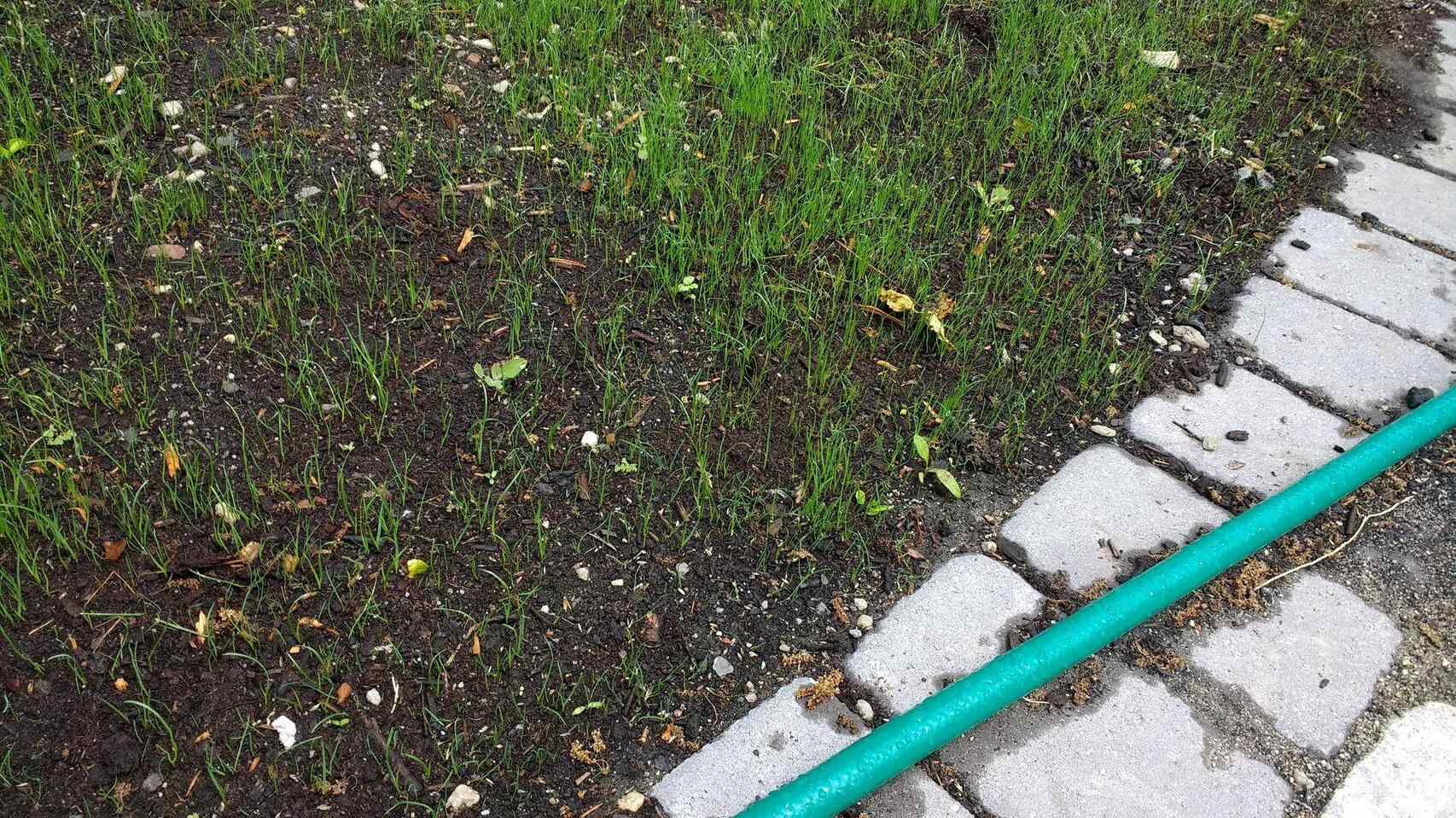
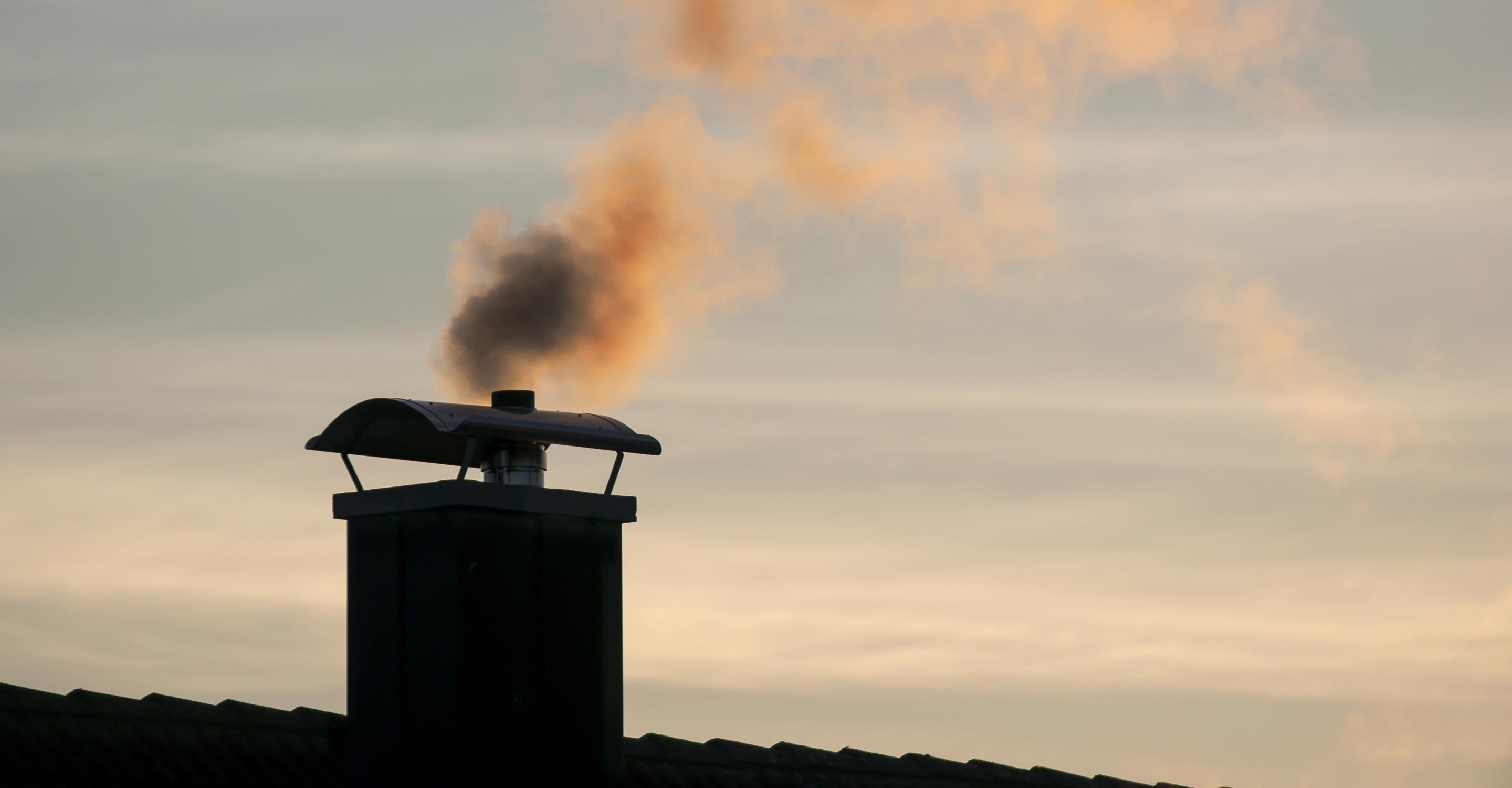
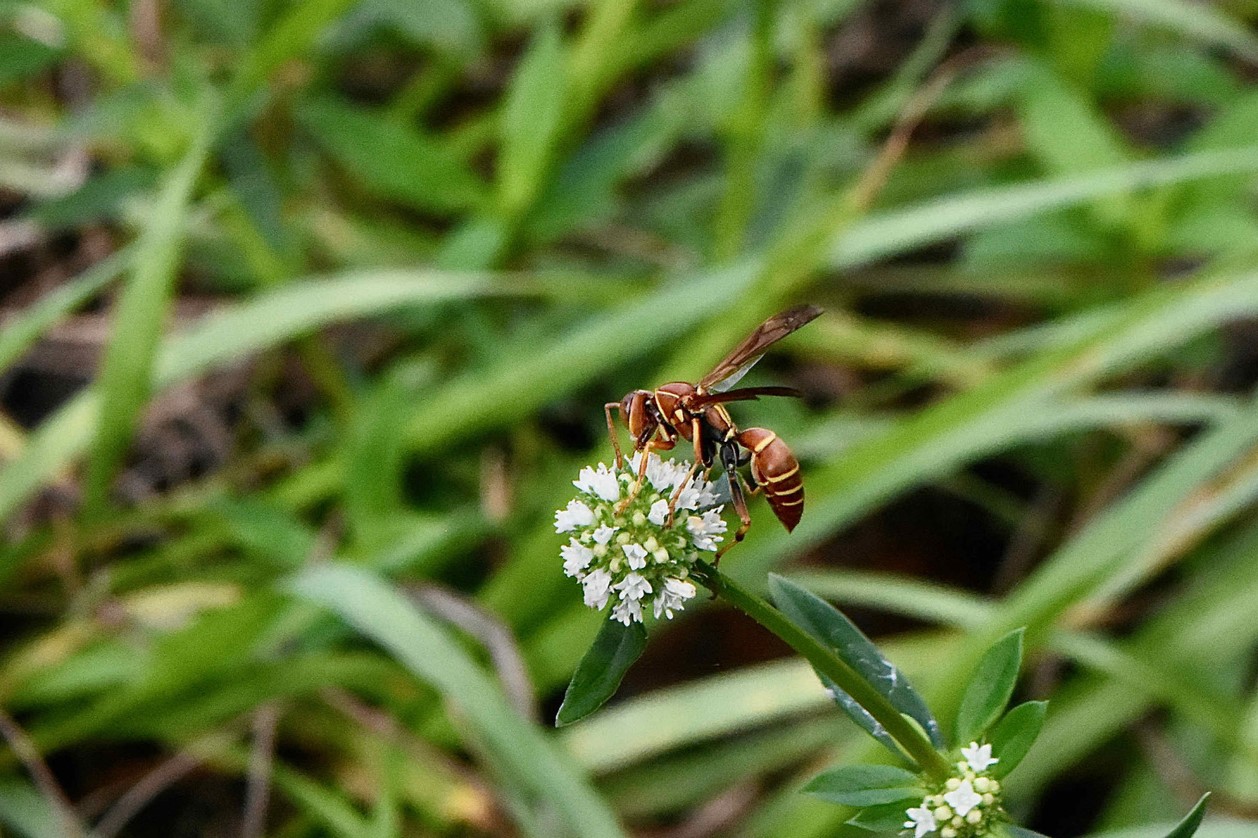
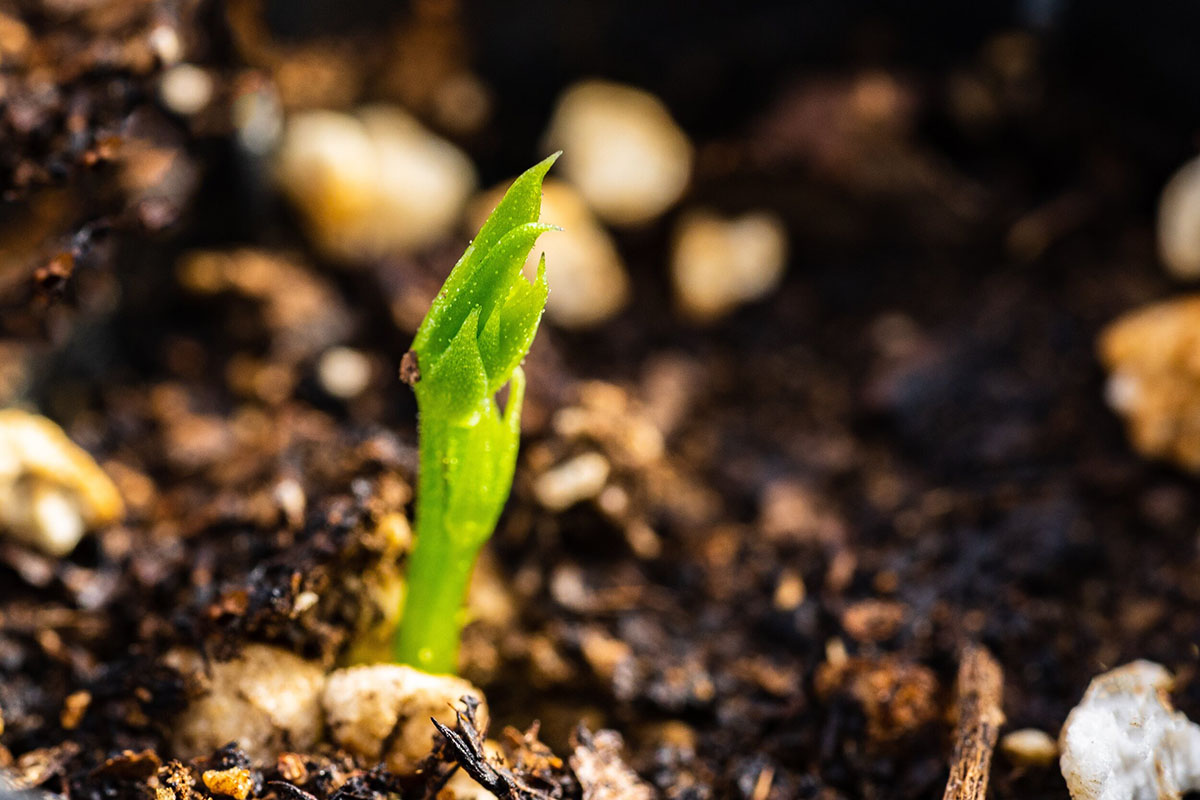
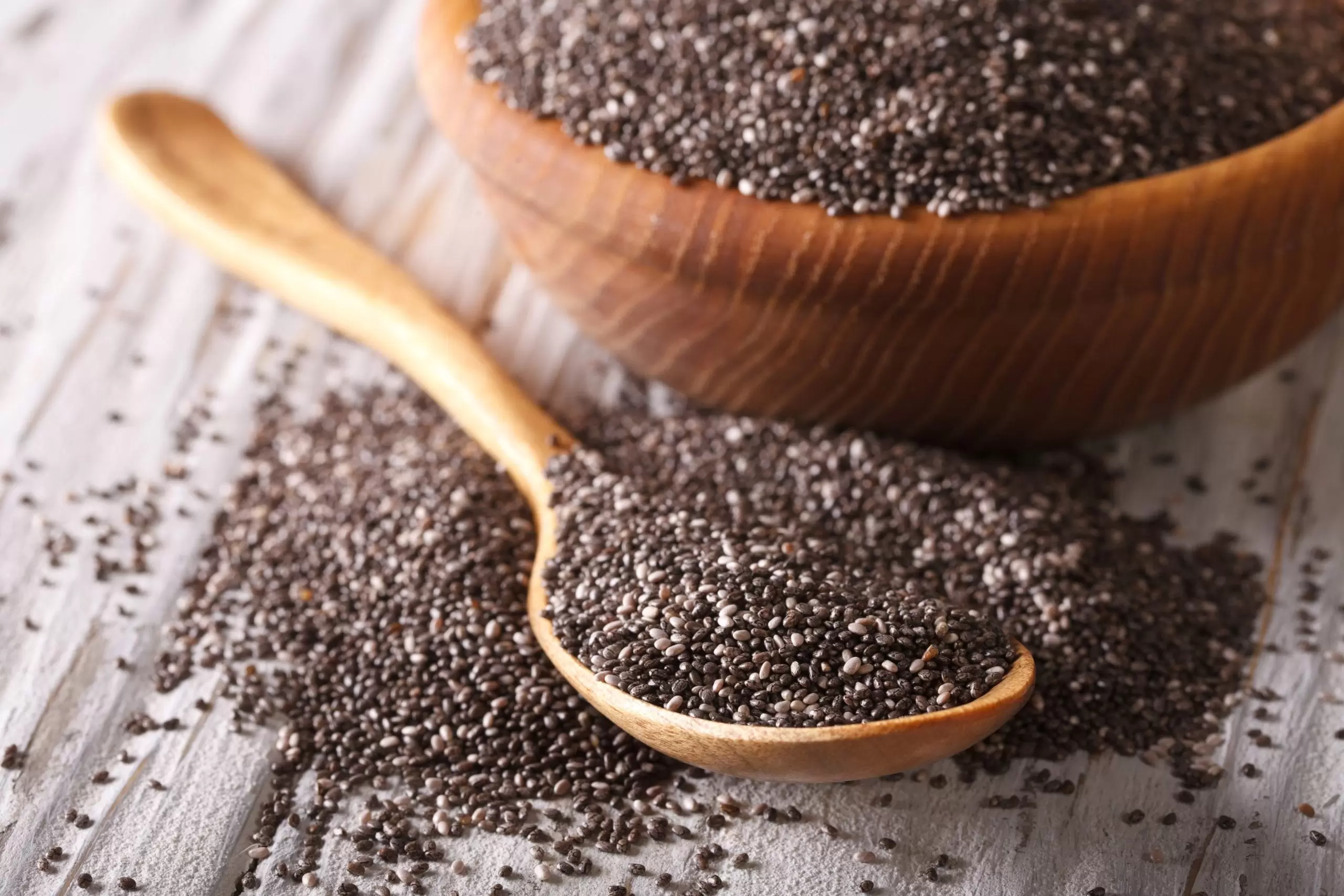
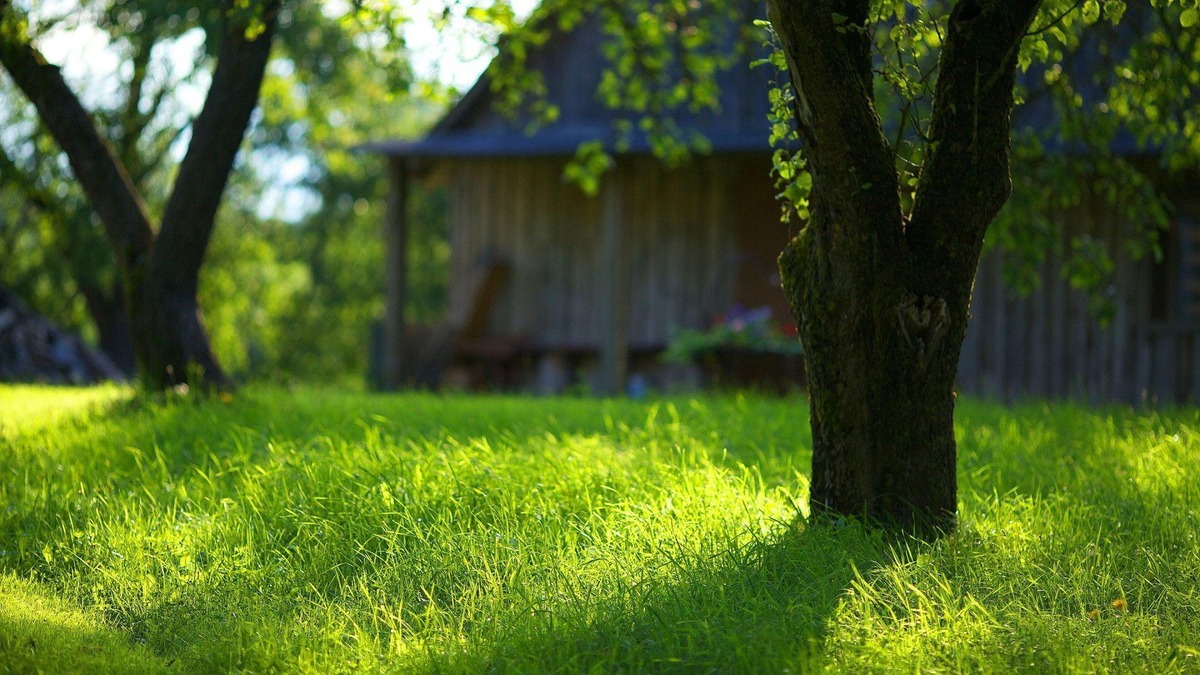
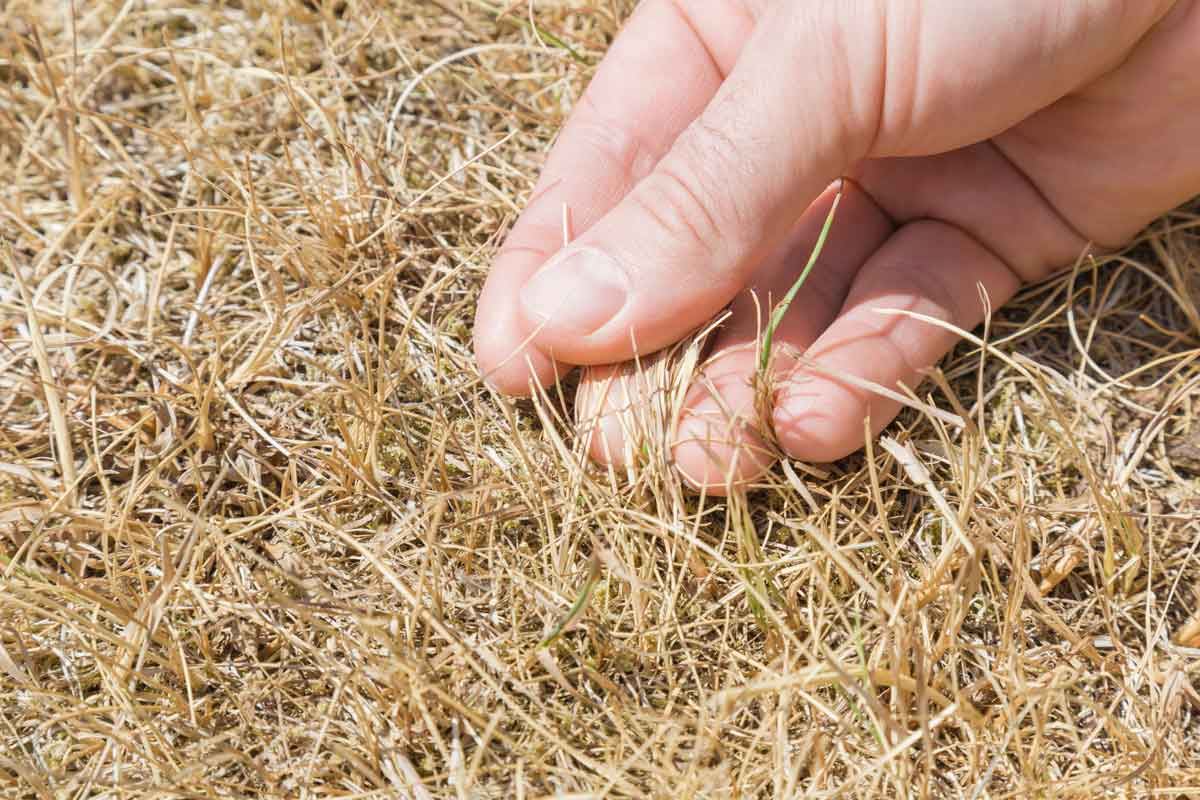
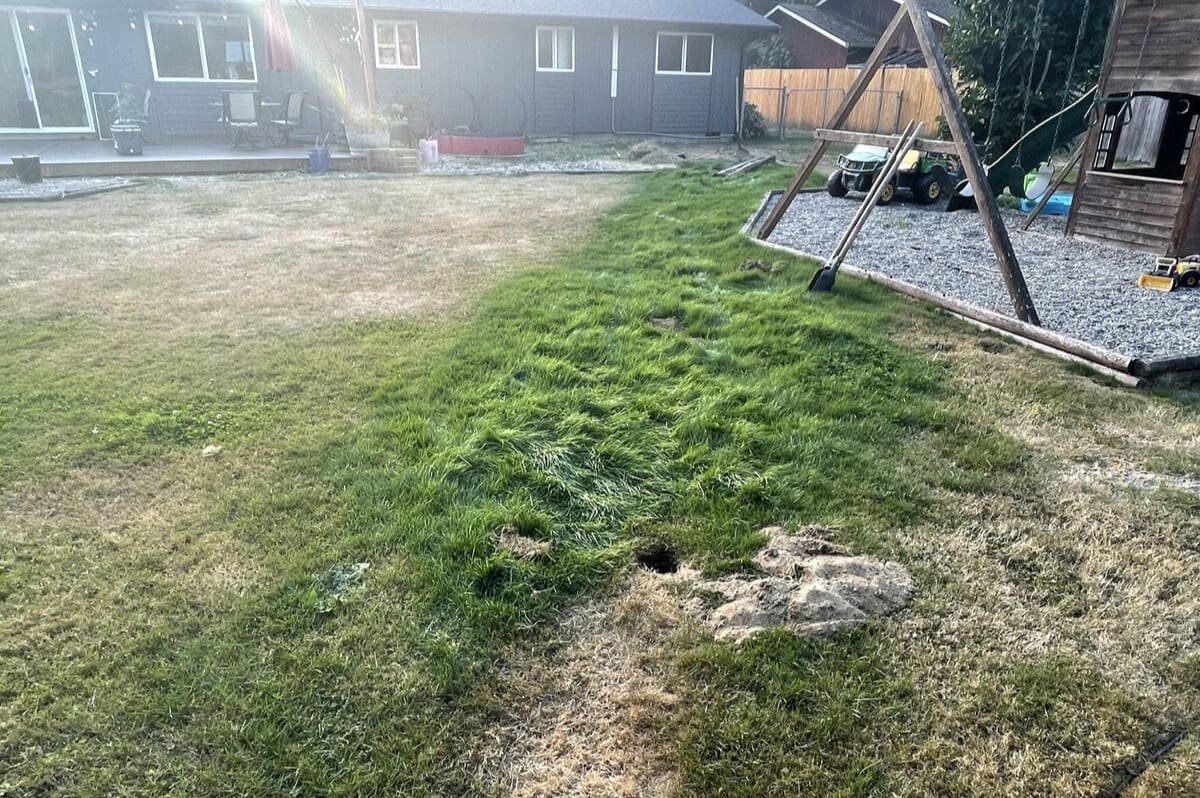
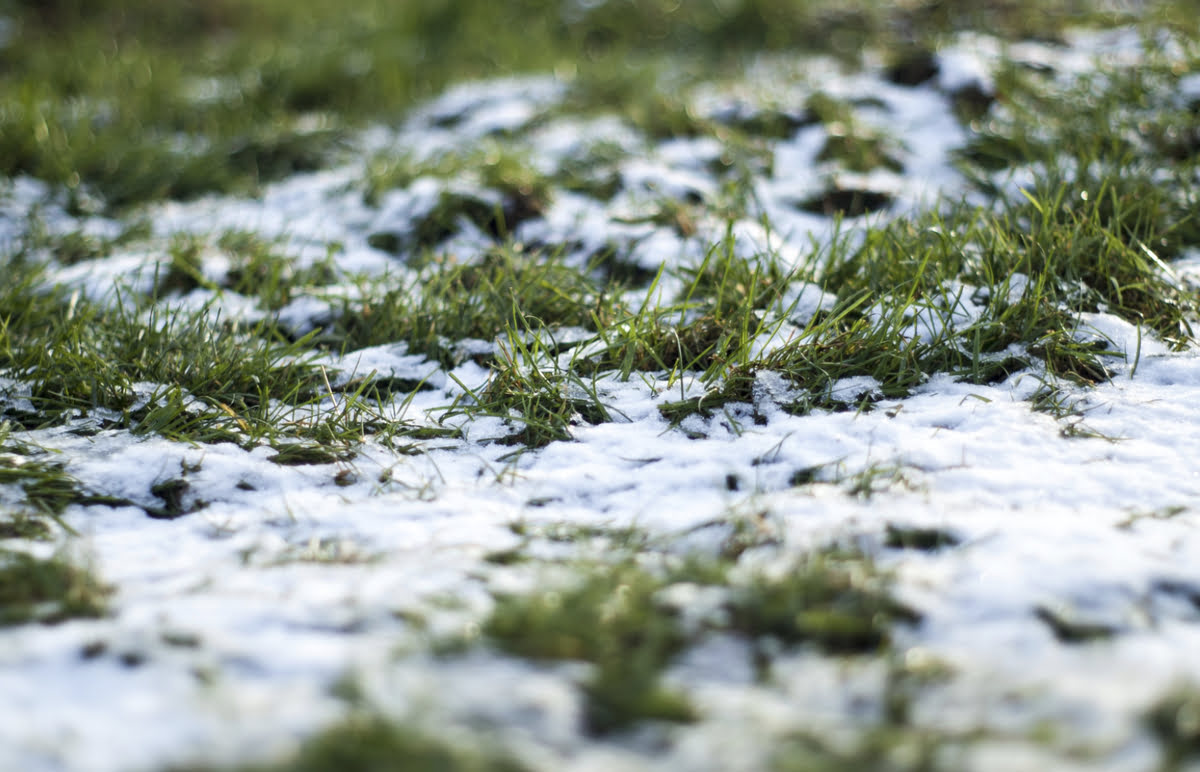
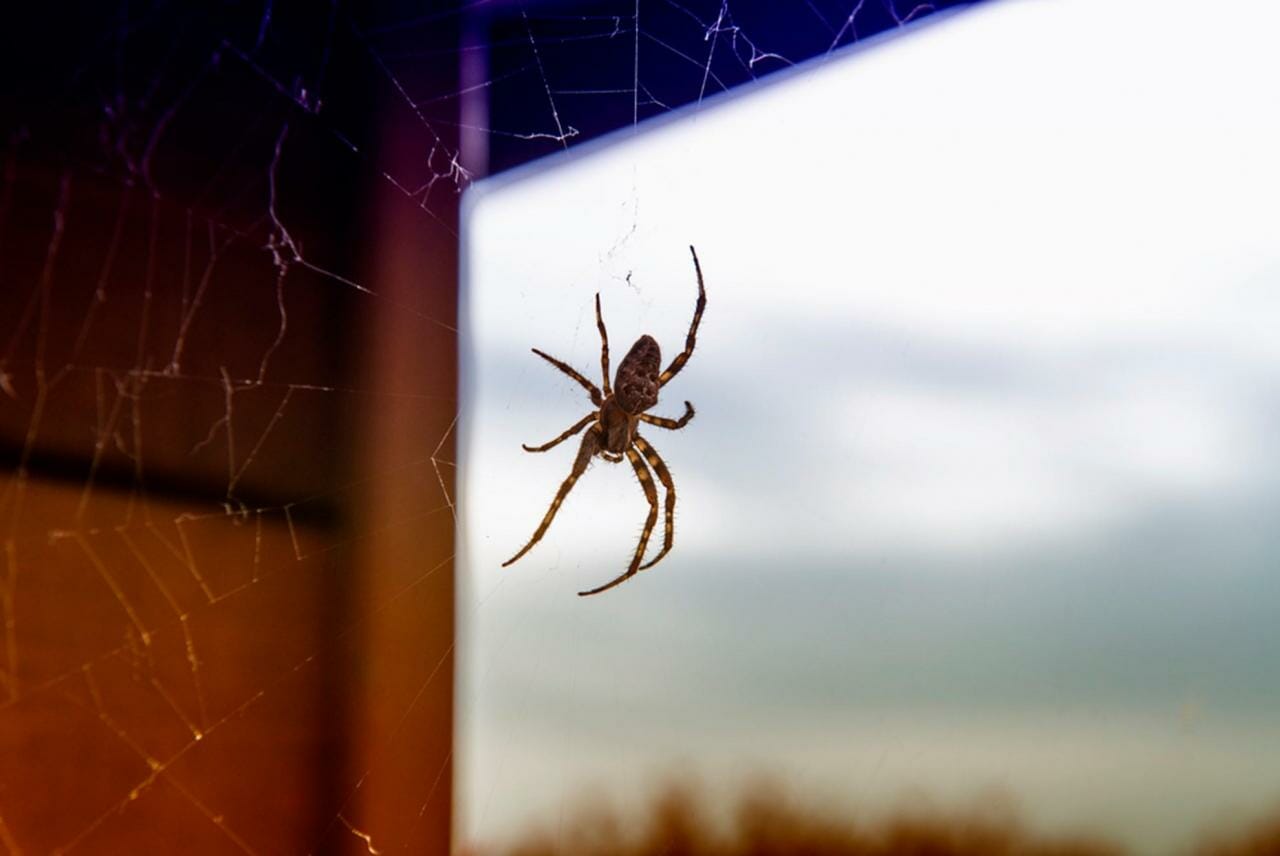
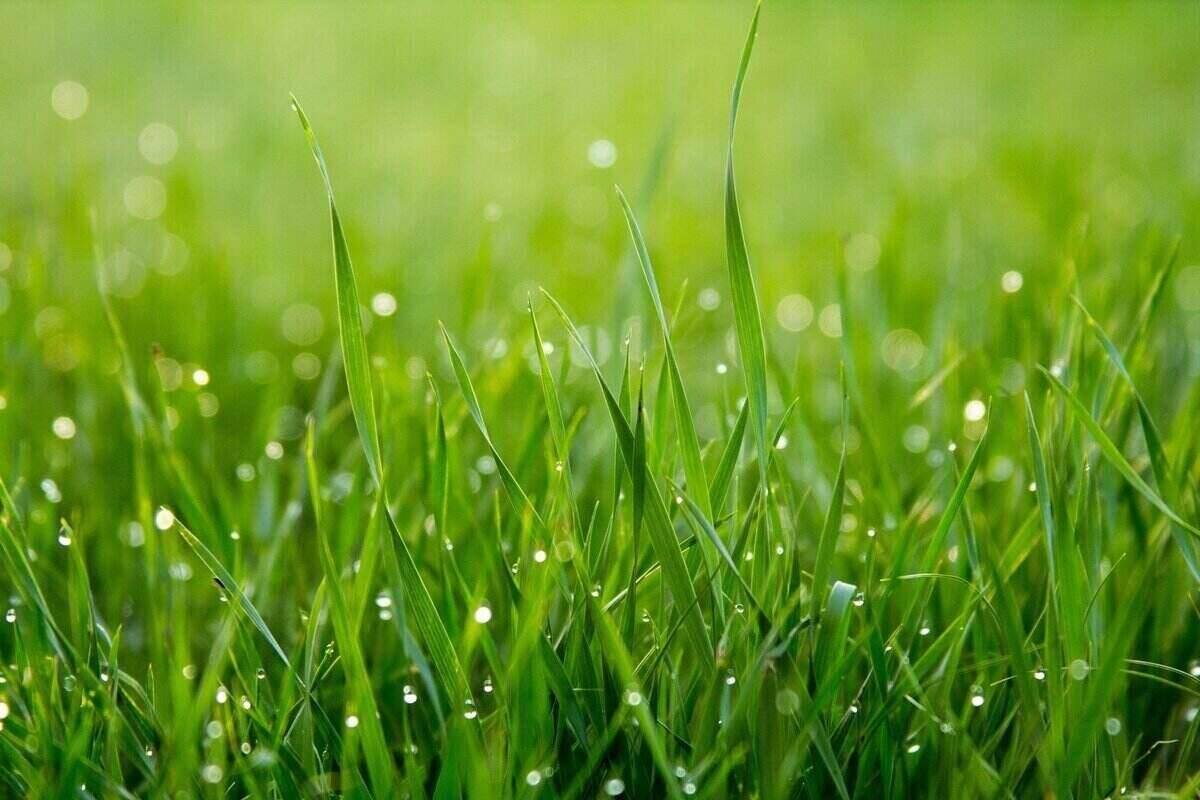
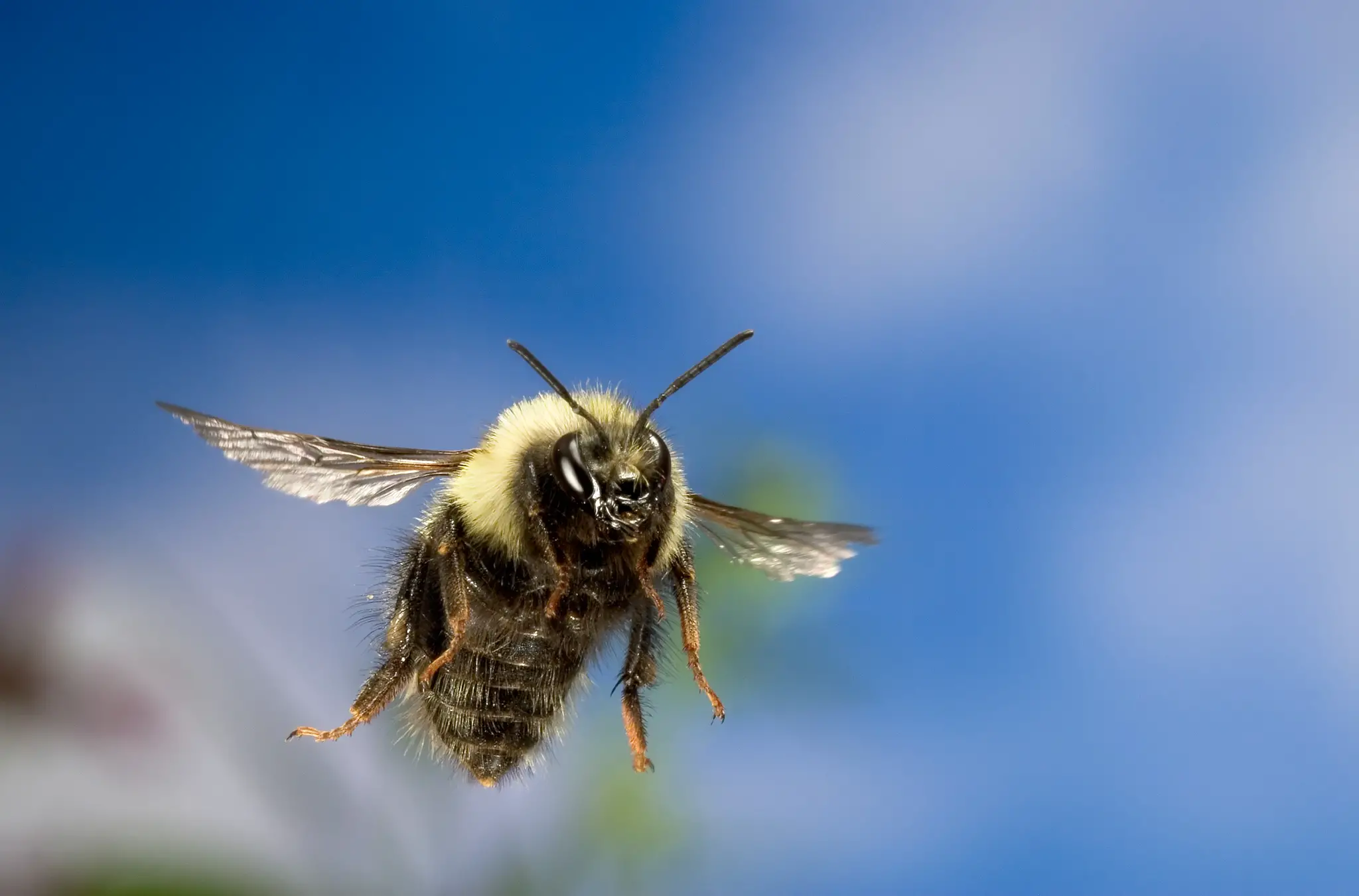

0 thoughts on “Why Is My Grass Going To Seed”